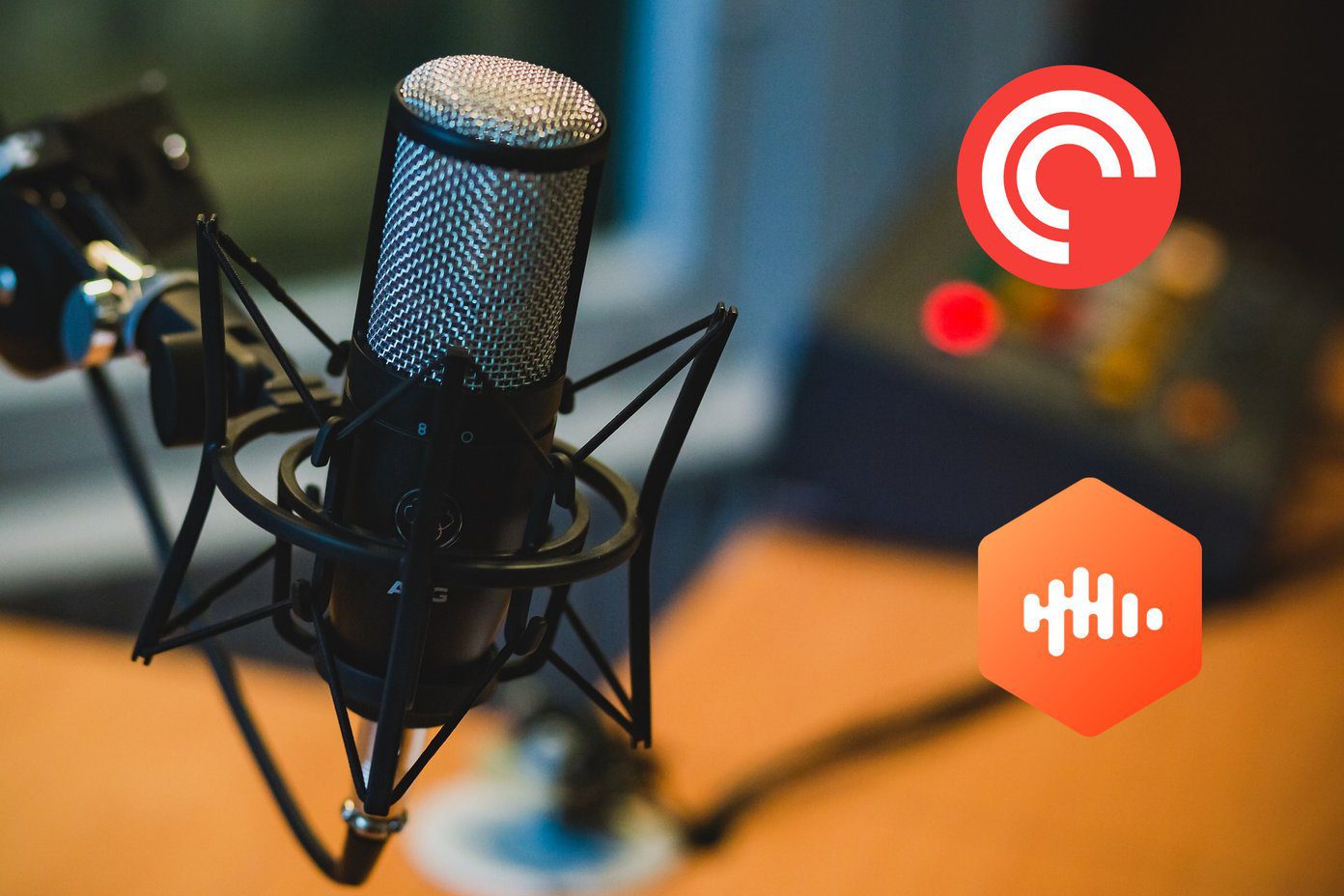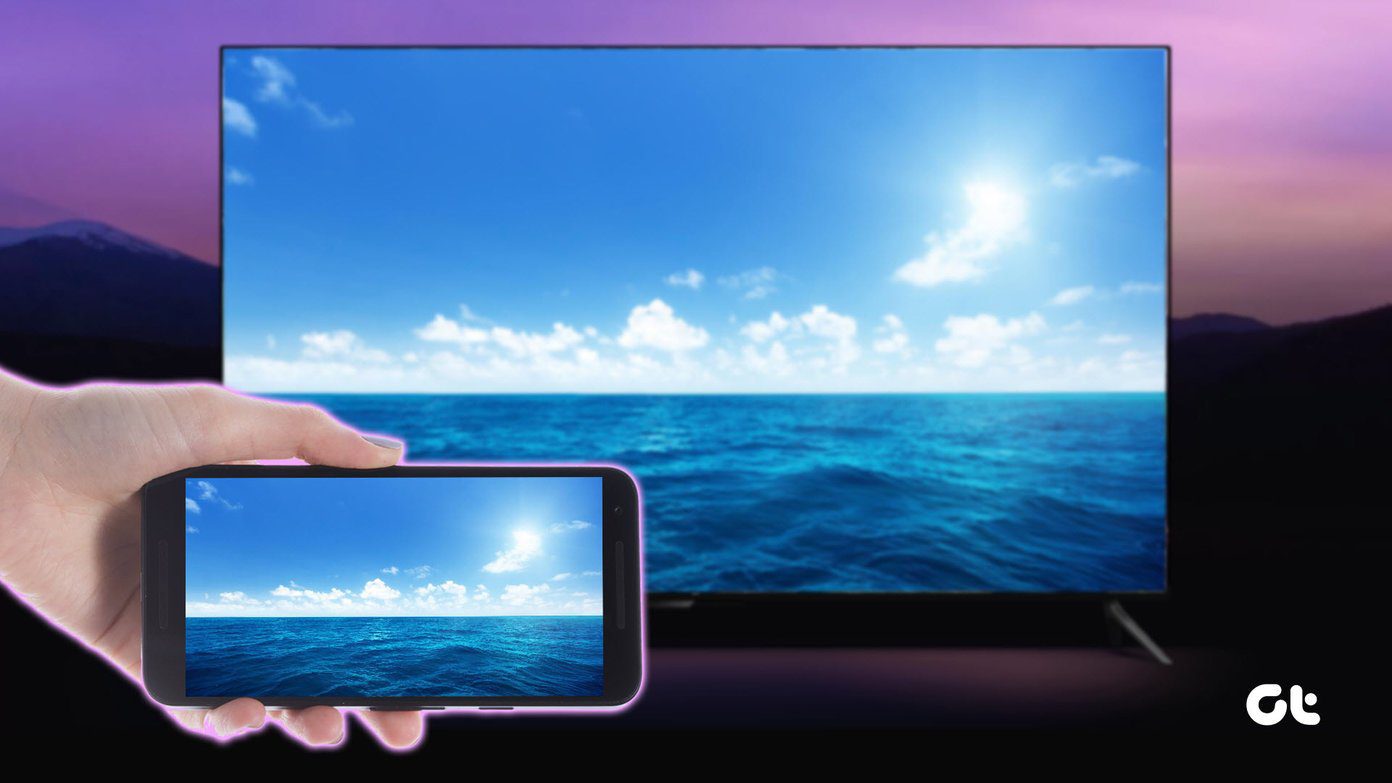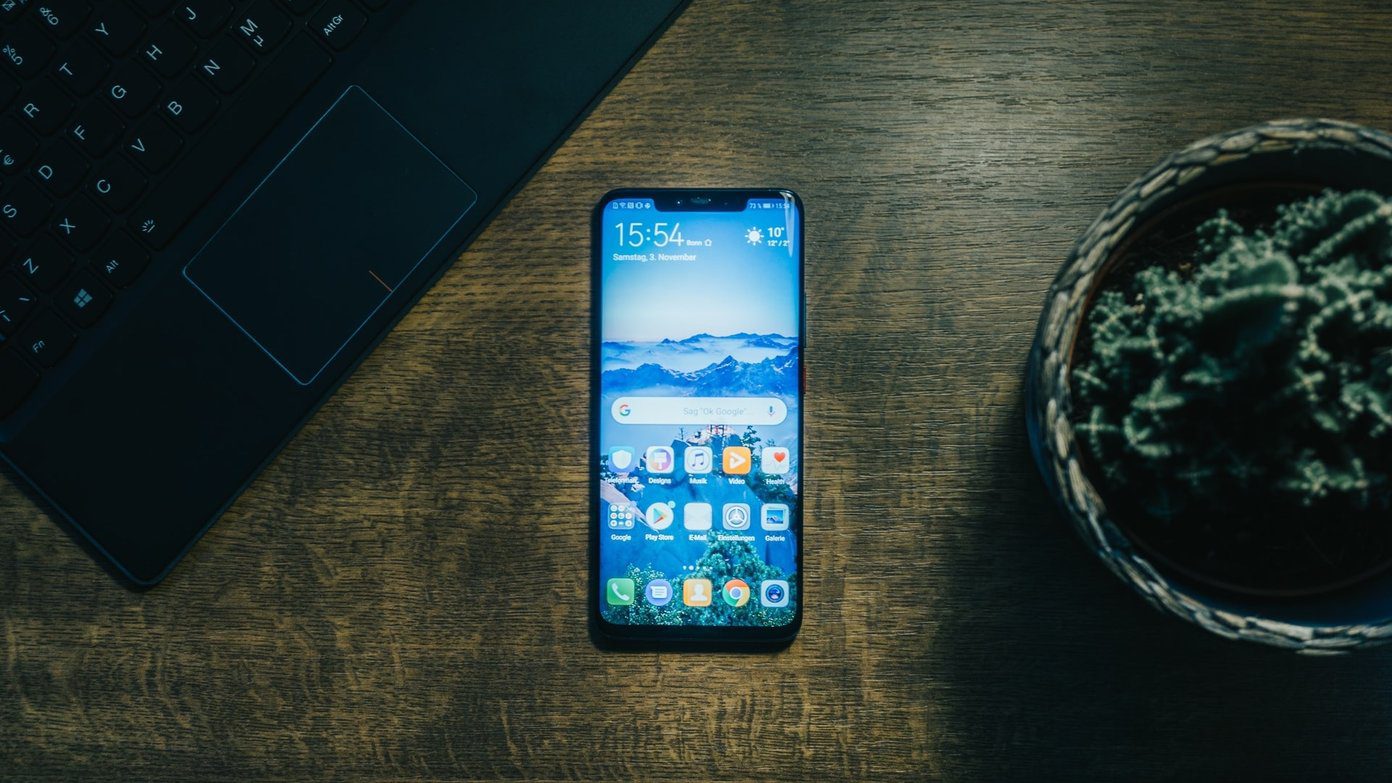My first choice was Google Podcasts because I thought it would play nicely with Assistant, also owned by Google. My peers then recommended me Pocket Casts, saying it is far better for discovering and organizing podcasts. Let’s see whether Pocket Casts is indeed better at handling podcasts than Google Podcasts. And if it is, what else does it offer? Let’s find out.
1. UI and Experience
The material design theme that Google adopted for so many apps is visible on full display in Podcasts. You will see a list of all the subscribed podcasts at the top with a way to shift through new, in progress, and downloaded podcasts below that. Scroll a little more, and you will find options to discover trending and top podcasts from different niches. The UI is neat, easy to use, and with little options to distract you. Pocket Casts has a better UI with a navigation bar at the bottom with four self-explanatory tabs. I liked the Discovery tab, which makes it easy to search for new podcasts using categories. Then there is the Filters tab where you can sort through your subscribed podcasts and even create new filters giving you more granular control over podcasts using lists. Finally, there is the Profile tab which will show you some interesting stats about your listening habits.
2. Discover and Manage Podcasts
It is amazing how neatly everything has been organized in Google Podcasts after noticing that the app has a single screen layout with no menu or tabs. A minimalist approach works, but only up to a certain extent. I had to scroll a lot to find all the possible categories that Podcasts had to offer. Going back and forth, or rather up and down, felt like wasting time. Clicking on a podcast will reveal more options. You can subscribe, donate if you like their work, and listen to individual podcasts. With Pocket Casts, all my subscribed podcasts are available on a separate tab. I can subscribe to a podcast directly from the Discovery tab without going inside. However, when you tap on a podcast, you will see more details like site link, publisher details, and release frequency. No donation option though. All the podcasts are neatly arranged in categories, and you can set the region at the bottom of the screen. That will change the recommended podcasts in all categories. Google automatically displays podcasts based on your location, which is cool, but what if I want to change my region?
3. Listening to Podcasts
Google Podcasts offers plenty of options to play around with when you are listening to your favorite podcast. You can skip podcasts back and forth and change the reading speed if you are a fast listener and want to save some time. Clicking on the speed option reveals another cool feature. You can trim silent parts of a podcast where no one is talking. There is also a sleep timer function if you listen to podcasts in your bed. Pocket Casts offers all the features existing in Google Podcasts and goes beyond that. There is a sleep timer and an option to skip podcasts by a few seconds back and forward. I like the bookmark feature denoted by a star. Doing that saves the podcast episode to my profile so I can revisit it in the future. If you tap on the Timer button, there is an additional option called Volume boost, which will increase the volume, and it works. However, I never felt the need for it as I always use headphones. Still, useful if you are surrounded by noise and don’t have headphones on you.
4. Pocket Casts Features
Pocket Casts comes with several additional features that are not available on Google Podcasts yet. By default, forward skip is set to 30 seconds while the backward skip is set to 10 seconds on both. However, Pocket Casts will allow you to change that value to anything you like. You can choose to get notified of new podcasts too. As you must have noticed, there is a dark theme, and it’s true black no less. You can control what happens when the podcast is over. You can archive finished podcasts which will be removed from downloads too. You can download all new episodes or just the ones that are added to the Up next list. There is also Wi-Fi setting, so you don’t accidentally download podcasts on a metered connection. Last but not least, you can add podcasts to your Up next list and listen to them in any order you want using drag and drop — more flexibility.
5. Platforms and Pricing
Well, Google Podcasts is completely free with no ads. Add to this fact that Google Assistant has native support for it so you can create Routines with your favorite podcast, and it is a solid competitor. Pocket Casts is not behind though. It will cost you $3.99 but comes with a lot of options, settings, and features that you will use. Plus, Google Assistant also supports Pocket Casts, but you cannot add it to your Routines. Also, you will have to speak the app name after asking Assistant to play a podcast episode. If you just ask it to play the next episode of TED, first preference is given to Google Podcasts, and that’s not a surprise. Interestingly, it is being reported that Google Podcasts is coming up with a new feature called In-episode search where full transcript of the podcast will be available for you to search for specific keywords. Power users of podcasts will love that feature. Google Podcasts for Android Finally, Google Podcasts is available on the web and Android. Pocket Casts for Android Pocket Casts for iOS Meanwhile Pocket Casts is available on both Android and iOS but no web version. If you want Google Podcasts on iOS, you will have to use Assistant and ask it to play the podcast instead.
Podcasts Are Radio 2.0
Podcasts is to radio what Netflix was to cable. Both Google Podcasts and Pocket Casts are solid podcast apps, but Pocket Casts has so much more to offer. If you are just starting, try Google Podcasts first as it is free and pretty good. If you are a power user or just looking to replace your old podcast app, try Pocket Casts. Next up: Are you looking for a distinct podcast app? Here are 10 podcasts apps for Android smartphones. The above article may contain affiliate links which help support Guiding Tech. However, it does not affect our editorial integrity. The content remains unbiased and authentic.





























